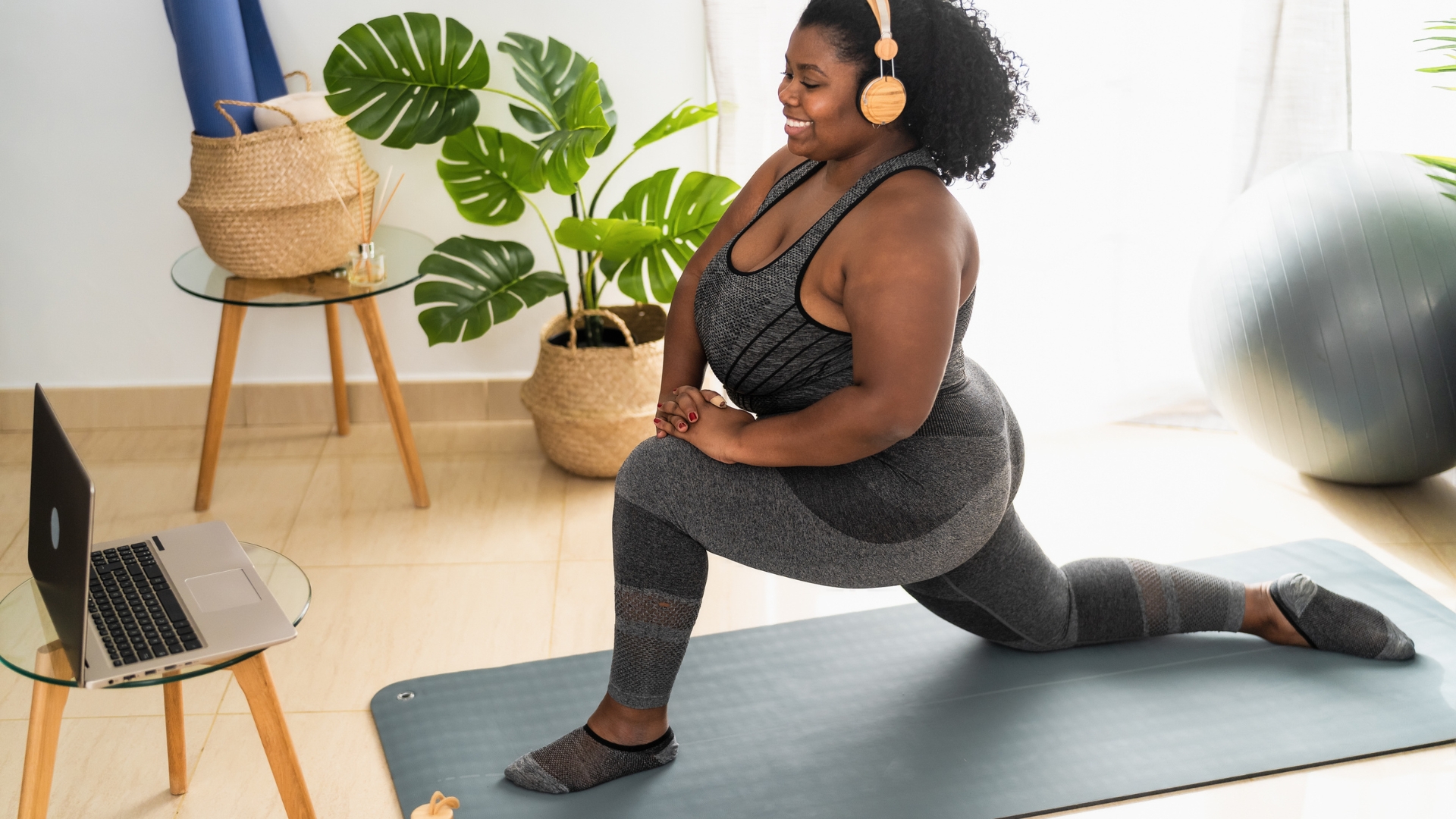
I've followed the same cardio and weights routine for years. While it’s boosted my endurance and stamina it hasn’t done much for my flexibility. I'm only 24-years-old but I struggle with stiffness in my hips, back and legs. That’s why I recently decided to try yoga.
"Yoga can be beneficial for releasing tension and creating space and flexibility in commonly ‘tight’ and tense areas," says Madison Suarez, yoga instructor and owner of Horizon Yoga in Winter Garden, Florida.
I asked Suarez for guidance on how to improve my flexibility. I committed to the yoga poses and mini-flows she gave me for two weeks to see if I noticed any improvement. Here’s the exact routine I followed along with my full results.
Madison Suarez’s 15-minute yoga flow
Below is the exact routine I followed every day for two weeks. Suarez has also provided step-by-step instructions on how to do each pose and explained the benefits of each move.
1. Modified pigeon
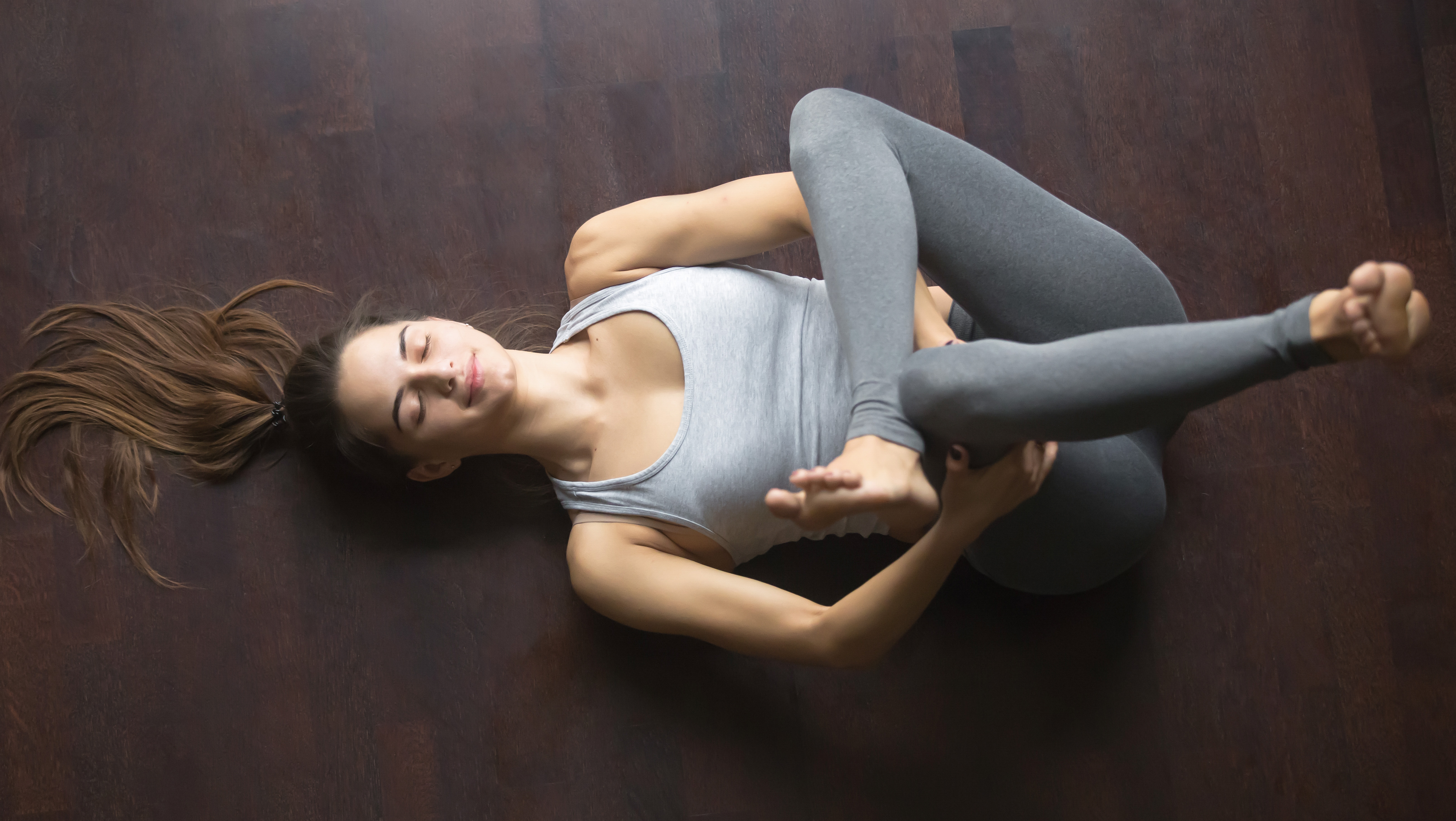
Time: 2-3 minutes on each side
- Lie on your back, bend your knees and place the soles of your feet on the floor
- Take one ankle and cross it over the other leg, just above your knee cap
- To deepen the pose, lift your bottom foot off of the ground, interlace your hands behind your thigh and pull your leg closer to your chest.
Benefits of this pose : Pigeon pose and its variations releases tension and stiffness in the hip flexors and glutes and releases pressure in the lower back.
2. Supine twist
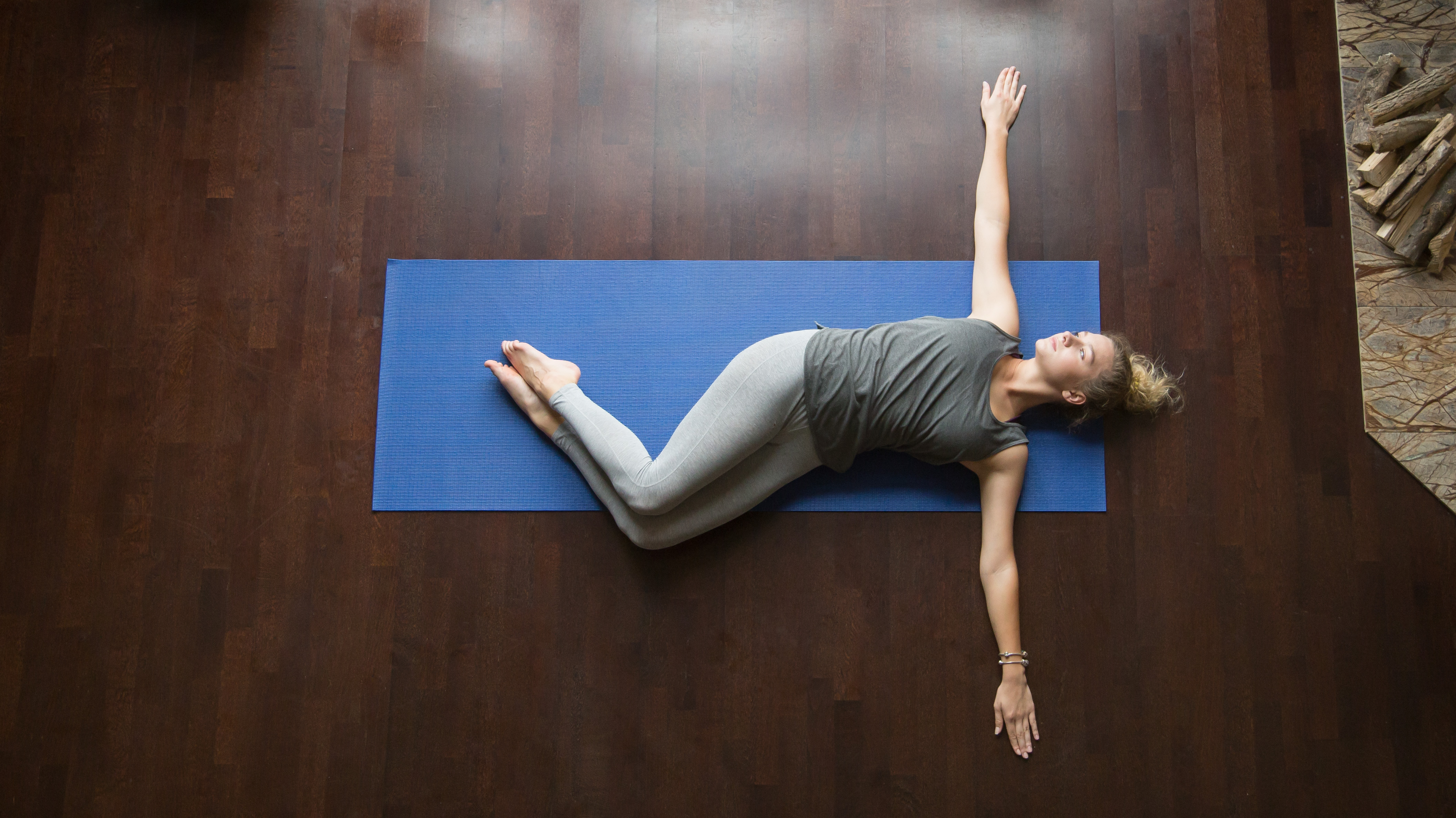
Time: 2 minutes each side
- Lie on your back and hug your knees into your chest
- Let your legs fall to one side of your body and open your arms to the sides in a T shape. Feel a stretch in your spine and hip.
- If you have a large gap in between your knees, or feel any pinching/discomfort in your spine, take a pillow and place it between your knees
Benefits of this pose: This releases tension along your spine and gently stretches top leg’s gluteal muscle and hip, opens up chest and shoulders
3. Tabletop flow

Time: 2-3 minutes
- From a tabletop position on your hands and knees, perform a cat-cow flow. Exhale and arch your back upwards and tuck your chin toward the chest to perform cat. Then inhale and drop your belly and lift the chin and head to perform cow. Repeat this for a few rounds or 30 seconds to one minute.
- Return to a tabletop position with a neutral spine.
- Look back at your feet, alternating sides for about 30 seconds.
- Return to a neutral tabletop position
- Start drawing large circles with your hips. Aim to touch your heels with your glutes and then circle back up into the tabletop position, switching directions. Do this for about 30-60 seconds.
Benefits of this pose: This flow moves the spine through flexion and extension, creating space through gentle movement.
4. Flowing lunge

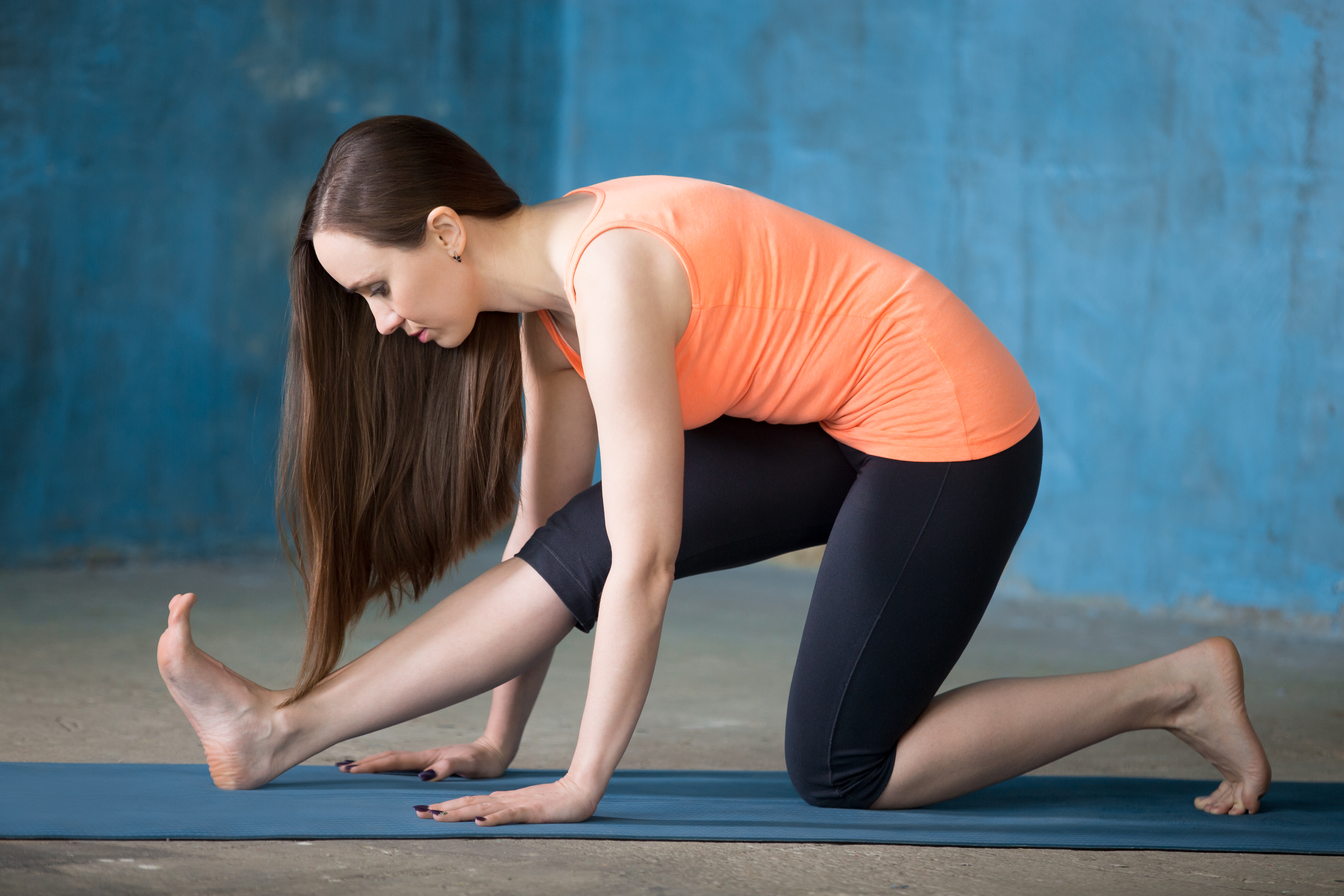
Time: 1-2 minutes each side
- From a tabletop position, place one foot in between your hands into a low lunge, keeping your knee above not beyond your ankle
- Straighten your bent knee and sit back onto your heel coming into half split
- Flow between low lunge and half split, inhaling during the low lunge and exhaling during the half split.
- Use an elevated platform for your hands with yoga blocks or books if you have trouble reaching the ground in your low lunge or half split. Most adults are tight in this pose so this is normal.
Benefits of this pose: This sequence opens up hips, stretches the hamstrings, glutes and calves. Using gentle movement, joints can release without tension or overstretching
5. Banana
Time: 1 minute each side
- Lie on your back and extend your arms and feet into a full body stretch.
- Walk your hands and feet over to one side, creating a C shape like a banana
- Feel the stretch in the side of the body
Benefits of this pose: This provides a gentle side-body and back stretch.
My results after two weeks
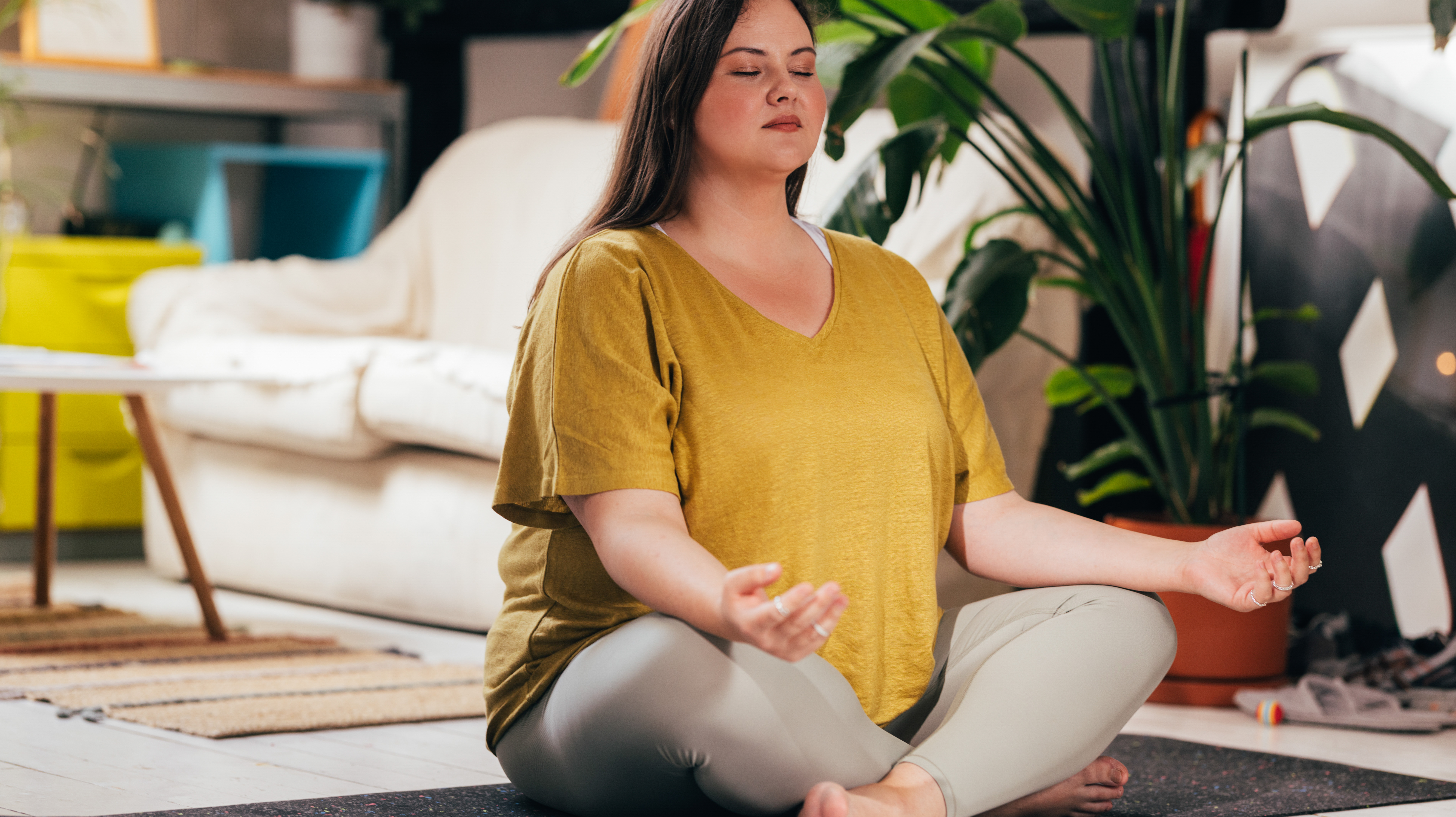
1. I can now sit cross-legged
My hip flexors have always been extremely tight. These yoga poses have improved their flexibility and I finally felt able to move my hips freely, without using force. After practicing daily for two weeks, I found I could finally sit cross-legged.
2. It wasn't painful
One reason I avoided yoga for so long was the fear that it would hurt. Suarez advised me to find a "comfortable discomfort" and that's what I did. For instance, the flowing lunge felt the most uncomfortable but it became more enjoyable over the two-week period.
3. It's great for plus size people
As a plus-size person, I was worried I wouldn't be able to do very much, but yoga really is for everybody. I was able to modify the poses so they were doable for me and my body as a beginner.
4. My balance improved
When I first started, I was unable to do a flowing lunge without support. I had to use water bottles under my hands for leverage. As I practiced more, I noticed my balance improved and I can now do the pose unassisted.
5. I did break a sweat
Although yoga may seem like just simple stretches it can be challenging for a beginner—I was surprised to break out in a little sweat. It was a refreshing change of pace from my normal cardio routine and I welcomed it.







